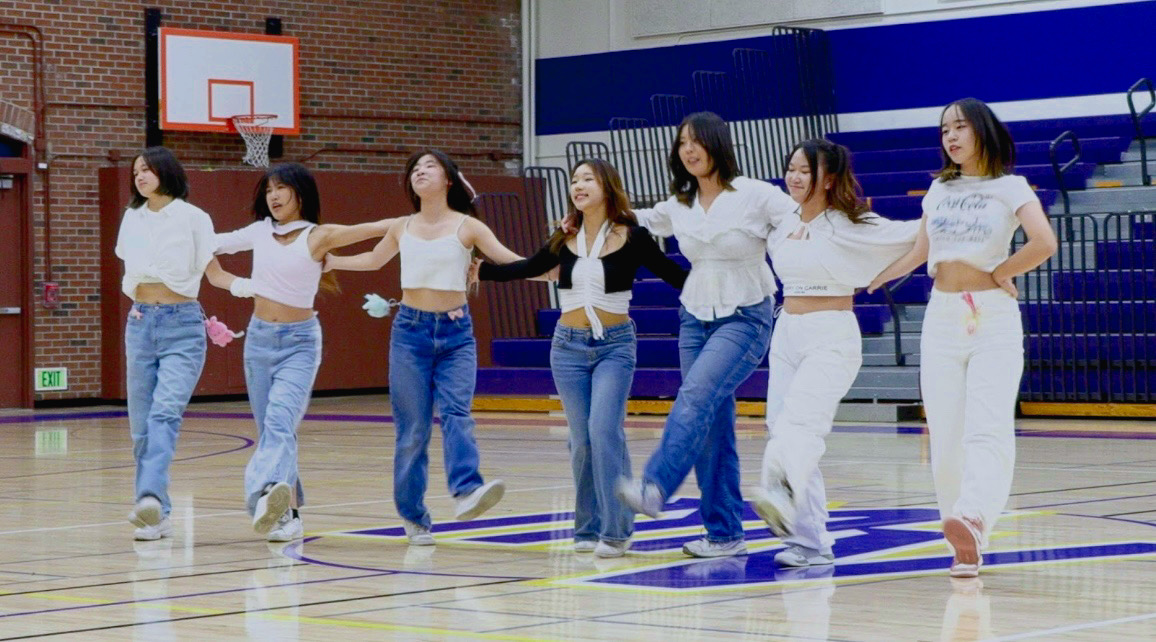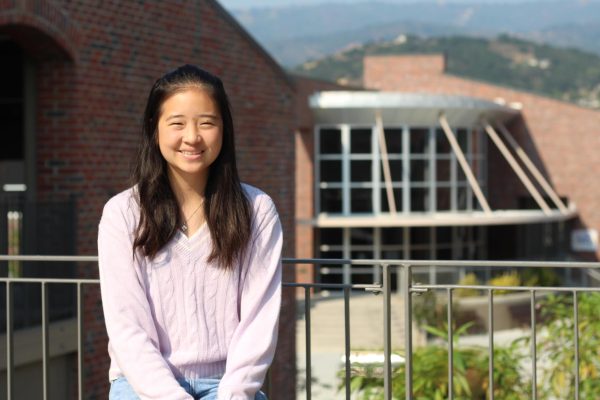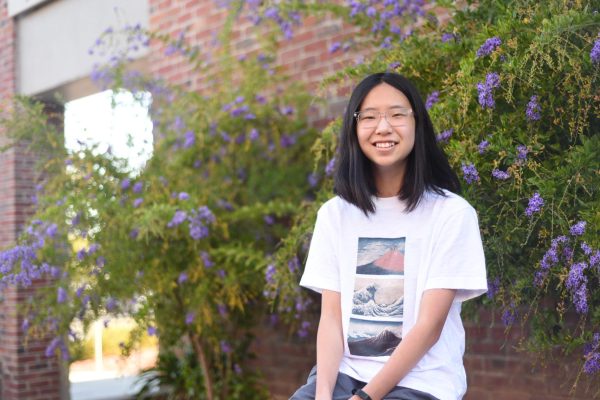Isabelle Hung
When senior Isabelle Hung first started taking art classes at Monta Vista as a freshman, she also began to discover her passion for graphic design. Committed to Parsons School of Design as a graphic design major, she expresses that her process of deciding where to spend her next four years came down to the community of teachers she developed close connections with over the years.
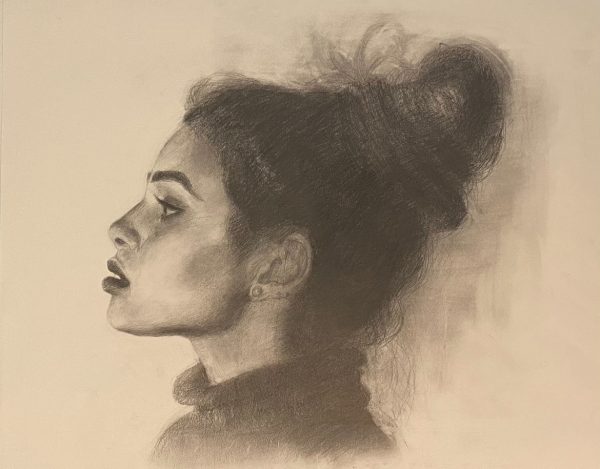
“A lot of people here are not interested in studying art and look down on it because they think you’ll be a starving artist,” Hung said. “So I really tried to deny it because I was afraid of what people would think of me. Even here, it’s a big push towards STEM.” Hung is currently enrolled in Studio Art class with Brian Chow, one of the three art teachers on campus. Because she says the art community is very close-knit, she feels that she can form stronger relationships with her teachers who helped her decide to go to art school for college.
“I never considered doing art [as a career] during freshman year, but during sophomore year, I really started to consider it, ” Hung said. “My teacher really helped me find what I wanted to do. Especially because there are only two full-time art teachers, I could really connect with them and they knew what I was passionate about. Then I realized I wanted to do art because I was gravitating towards doing art activities. If there was a project in my class, I [would] gravitate more towards the art-related one. I also wanted to do art related clubs and extracurriculars, so that was when I felt like, ‘OK, maybe I do want to do art.’”
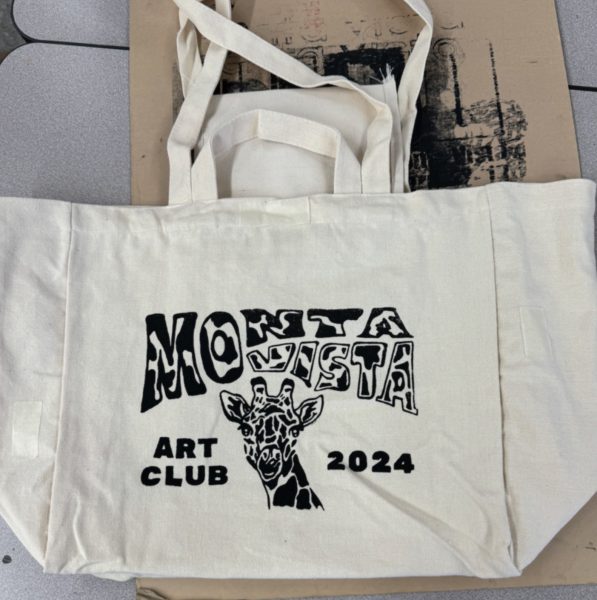
Having taken Art 1, Photo and Design, Commercial Art and Studio Art, Hung was awarded the CTE Outstanding Designer Award by Brian Chow during the Senior Awards Ceremony on Thursday, May 23. Hung is also the president of Art Club and strongly believes that art is a unique form of expression that allows students to explore their creativity while building friendships. As the president, she oversees weekly club activities — from designing photo cards, making bracelets or painting pots — and tries to include activities that are easier for beginners including artists from all levels.
“Art Club is a place where any student can come and work on art together,” Hung said. “I get to see lowerclassmen come to the club meetings, so it’s a community connected through art but across different grade levels. I never would have met them or interacted with them if they were not interested in art.”
Michelle Huang
Walking into room C202 for her first La Pluma meeting, junior Michelle Huang felt a strong sense of belonging as a newcomer exploring different artistic pursuits. The idea of literary art and the freedom to draw out her own ideas inspired her to come back to La Pluma meetings and become more involved in magazine publication.
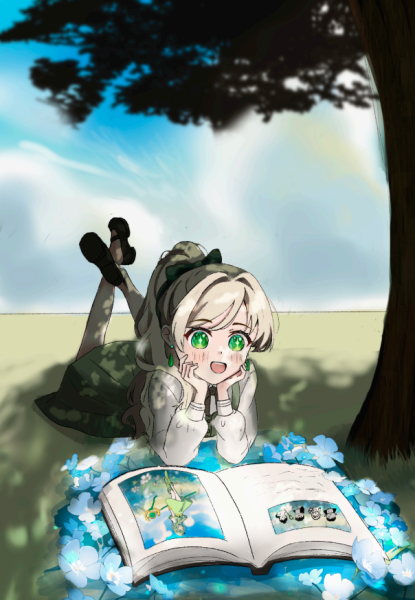
“There are more opportunities to draw other things; you get to choose and make your own,” Huang said. “You get to see how your skills develop, and how you’re able to put your ideas on paper more than you could before.”
Huang describes La Pluma as particularly welcoming because students can seek help from officers to come up with story pitches and collaborate on ideas. She sees clubs like these as a way to build community by gaining feedback from peers.
“The idea of various artists — whether they’re writers, artists or photographers, just having so many ideas come together in one theme compelled me to stay with the club,” Huang said. “In formal art classes, you usually just get feedback from your teacher. Whereas in La Pluma, you get more active feedback from students around you, sharing ideas back and forth.”
Josh Kuo
As a worship leader for his church, math teacher Josh Kuo emphasizes the power of community through art forms such as music, noticing the differences between contemporary worship music and traditional music.
“When I do contemporary, I usually have a band that works with me as well, so that provides a more collaborative experience. The traditional [music with just] hymns and piano feels more old school. There’s definitely more collaboration in contemporary music and more relationship-building in churches. Not just the worship, but the community.”
As the advisor for the Korean Club Dance Crew (KCDC), Kuo has watched students create community in the club as well. Especially in KCDC, he emphasizes how close participants are to one another, constantly spending time together during and outside of the club.

“For the people in the club, they already have something in common,” Kuo said. “Since they perform together, they get more time to spend together and can connect with each other in the sense that they are one group. They also hang out all the time and share every day together. It’s a true group of friends in some sense.”
Kuo also points out that because MVHS is so academically oriented, having art-related clubs and courses on campus creates an outlet for students to make friends, enjoy art and have fun away from school stress.
“For MVHS, especially because it is primarily a STEM-heavy school, a lot of times we’re just talking about math classes,” Kuo said. “But these clubs give them an opportunity to explore other interests or just have a more well-rounded personality being given different club options to explore.”




